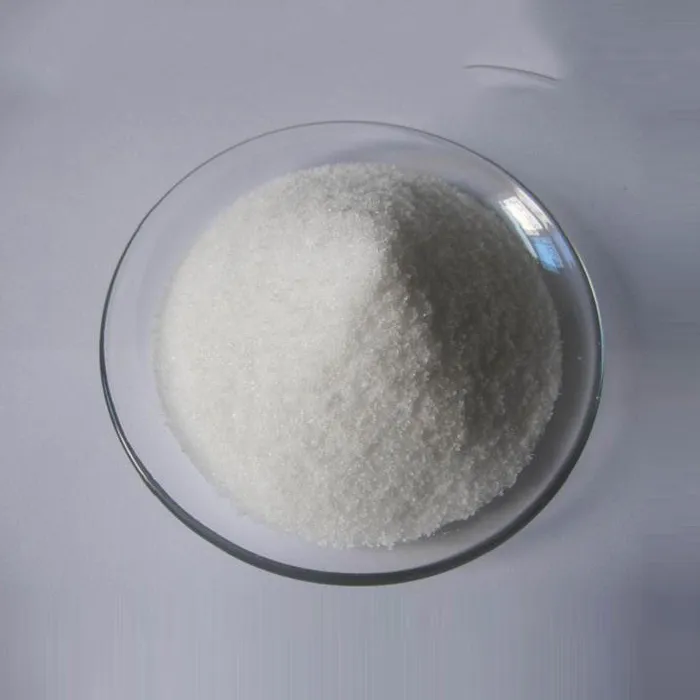The Role of Chemicals in Water Treatment
Water treatment is an essential process in ensuring that the water we consume is safe, clean, and suitable for its intended use, whether for drinking, irrigation, or industrial processes. Various chemical agents are employed in water treatment to remove contaminants, improve water quality, and maintain a safe environment. This article explores the various chemicals used in water treatment, their purposes, and their impacts on public health and the environment.
Coagulation and Flocculation
One of the primary steps in water treatment is coagulation and flocculation. This process involves the addition of chemicals—commonly aluminum sulfate (alum) or iron salts—to destabilize the suspended particles in water. When these coagulants are added to water, they form tiny particles called flocs that attract and bind with impurities. Once these particles aggregate, they become larger and can be removed more easily through sedimentation or filtration. This process is crucial for reducing turbidity and removing pathogens and organic matter.
Disinfection
Disinfection is another critical phase in water treatment, aimed at eliminating harmful microorganisms that can cause diseases. Various disinfectants are used depending on the water source, the scale of treatment, and specific requirements for water quality.
- Chlorine is one of the most widely used disinfectants due to its effectiveness and cost-efficiency. It can kill bacteria, viruses, and some protozoa. However, chlorine can react with organic materials in water, leading to the formation of disinfection by-products (DBPs) like trihalomethanes (THMs), which may pose health risks.
- Chloramine, a compound formed by combining chlorine with ammonia, is often used as an alternative due to its stability and lower formation of DBPs. It maintains residual disinfectant properties, making it effective in long pipelines.
- Ozone isanother powerful disinfectant that not only kills microorganisms but also acts as an oxidizing agent to break down organic pollutants
. However, its use requires special equipment and safety precautions, as ozone is a potent oxidizer that can be hazardous in high concentrations.- Ultraviolet (UV) Light disinfection is gaining popularity as a chemical-free method to effectively neutralize pathogens. UV light disrupts the DNA of microorganisms, preventing their reproduction and thus rendering them harmless. This method is particularly beneficial because it does not introduce any chemicals into the water.
chemical used for treatment of water

pH Adjustment
Maintaining the appropriate pH level in treated water is vital for both the effectiveness of disinfection and the overall stability of the water. Lime or soda ash is often added to increase the pH, which improves the effectiveness of some disinfectants (like chlorine). Conversely, if the pH is too high, sulfuric acid may be added to adjust it downward.
Softening
Water softening is an essential process, particularly in areas with hard water, which contains high levels of calcium and magnesium. The treatment often utilizes sodium carbonate (soda ash) or ion exchange resins, which replace calcium and magnesium ions with sodium ions. This process enhances the water's quality for domestic and industrial use, reducing scale buildup in pipes and appliances.
Nutrient Removal
In wastewater treatment, the removal of nutrients such as nitrogen and phosphorus is crucial to prevent pollution in natural water bodies. Chemicals such as ferric chloride and aluminum sulfate are commonly used for phosphorus removal through chemical precipitation. Biological processes combined with chemical additives help in effectively managing nutrient levels, thus mitigating issues like algal blooms in aquatic systems.
Environmental Considerations
While the use of chemicals in water treatment has immense benefits, it also poses certain risks. The potential for chemical contamination and the creation of hazardous by-products necessitate careful management and monitoring. Regulatory frameworks ensure that chemical use is kept within safe limits, and continued research is imperative to develop greener alternatives and enhance existing methods.
Conclusion
Chemicals play an indispensable role in water treatment, aiding in the purification and enhancement of water quality. From coagulation and disinfection to pH adjustment and nutrient removal, the appropriate application of these chemicals ensures the availability of safe drinking water and the protection of public health. As water scarcity and quality issues become increasingly prevalent, the effectiveness and safety of the chemicals used in water treatment will remain a critical area of focus for both scientists and policymakers. With ongoing advancements, the future may hold even safer and more sustainable solutions for treating our most precious resource—water.

